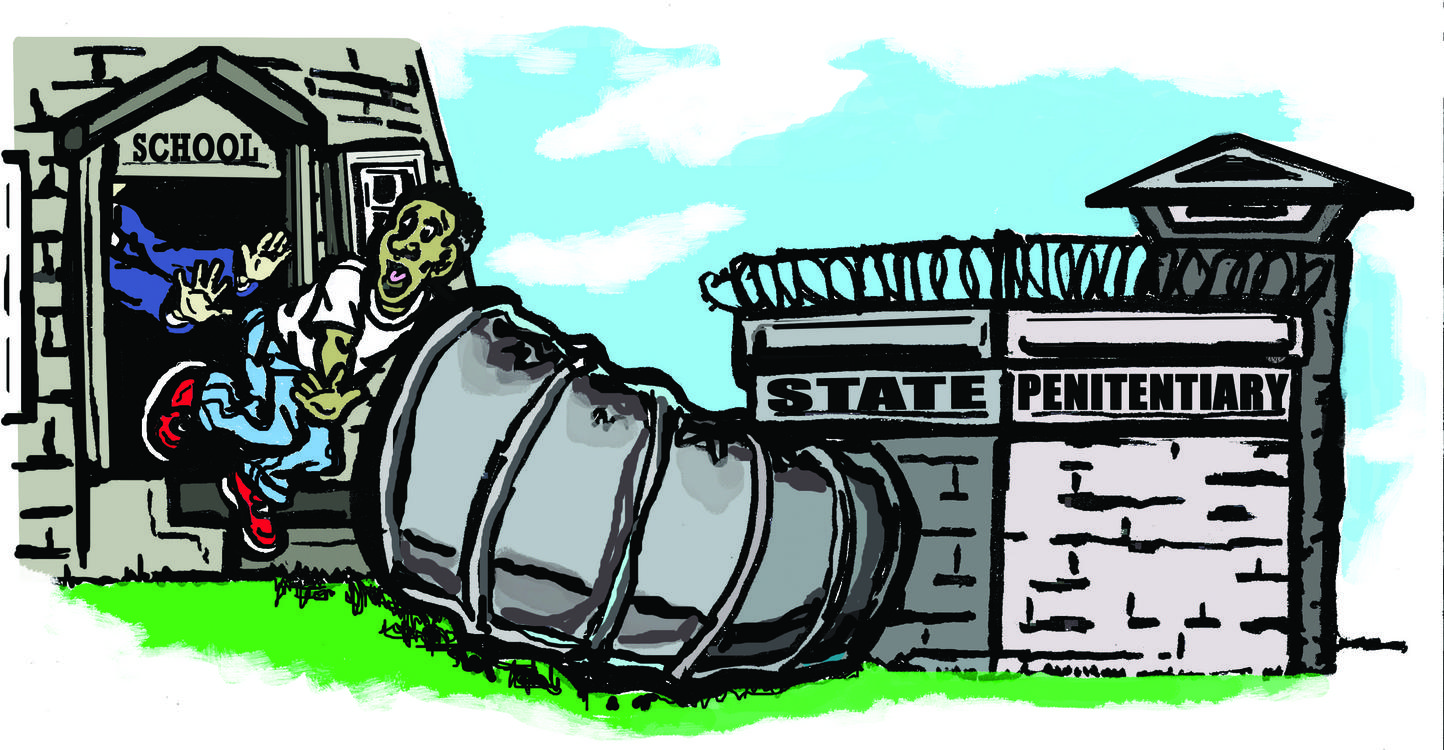The two peer-reviewed articles I chose to read were by Myles Moody (“From Under-Diagnoses to Over-Representation: Black Children, ADHD, and the School-To-Prison Pipeline”19) and Laura McNeal (“Managing Our Blind Spot: The Role of Bias in the School-to-Prison Pipeline”20). Both articles had a focus on the racial disparity in terms of who is entering the school-to-prison pipeline, and both find that it is predominantly black students.
Laura McNeal (2016) spends a lot of time discussing the role of bias in her article, especially what is known as “implicit bias”—the idea that because of how people are raised and socialized, they develop implicit reactions or attitudes that manifest themselves in automatic biases based on those attitudes (p. 294). As a result of various outside influences, many people, including teachers and school administrators, have implicit biases against black students which leads them to punish black students disproportionately more than white students (p. 297).
As the title suggests, Moody (2016), considers the effects of ADHD on school behavior and the fact that many black students are never diagnosed with ADHD because of cultural perceptions and lack of knowledge about the affliction (p. 156). Because ADHD causes youth who have it to act out and behave in ways that result in punishment by the school (p. 154), when black students that are already at a higher risk of being punished due to implicit biases (as discussed by McNeal (2016)) have it and are not even diagnosed, it leads to even higher rates of punishment than only being a black student or being a white student with ADHD would normally cause (Moody, 2014; p. 154). Because of the stigma and lack of understanding surrounding ADHD within the black community, when black youth who have it act out they are written off as misbehavers and punished as such by the school instead of given counseling or other forms of help to address the illness and support the student and family. Students with undiagnosed ADHD may even abuse drugs and alcohol as a way to self-medicate (p. 154). As often happens with crimes or acts of deviance, no matter how big or small, punishment is the first thing that comes to mind rather than treatment and getting students the help they need.
What both of these authors are saying is that implicit biases (McNeal, 2016) and ADHD in black youth (Moody, 2016) both contribute to more students of color, especially black students, entering the school-to-prison pipeline. Where the two really connect is with the idea of implicit biases, because society teaches most people throughout their lives that black people are more prone to violence and more likely to be trouble makers than whites, and that people with ADHD act out more than their peers without it. Once these biases are created and then come together, it results in even worse outcomes for black students because the implicit biases are magnified. These worse outcomes manifest themselves in the form of suspensions and expulsions, which are the punishments that begin the path through the school-to-prison pipeline because they do not address the root causes of the issues and are often doled out for very minor infractions.
